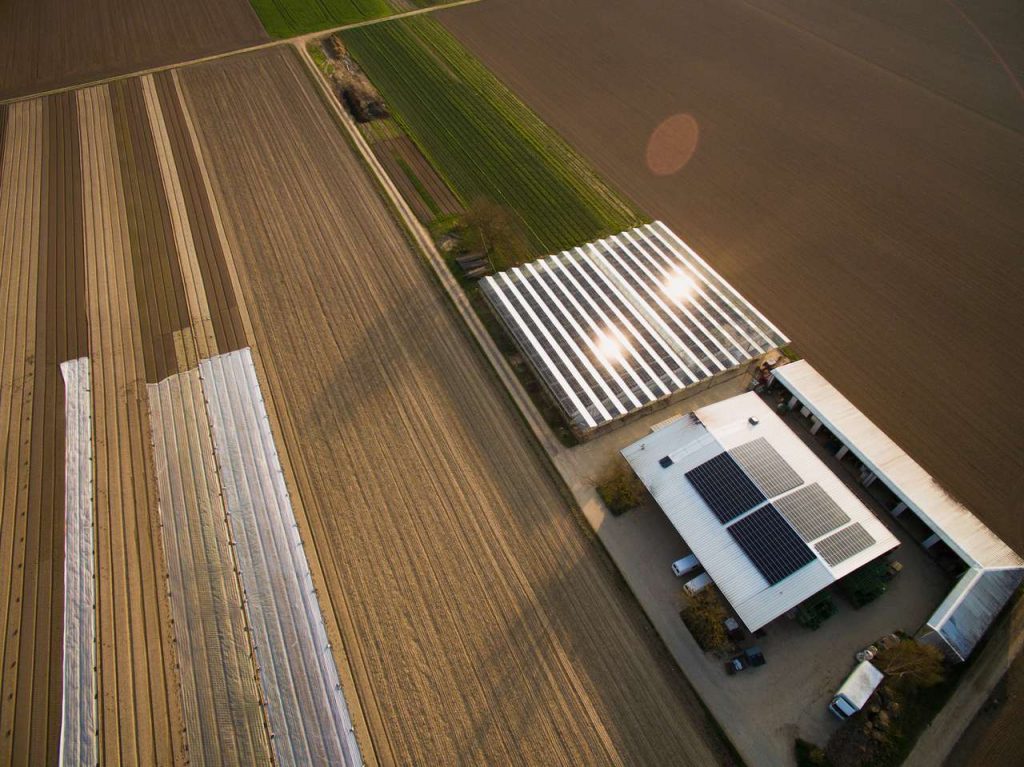The magic of solar photovoltaic (PV) panels is their ability to convert the sun’s energy, in the form of photons (rays), to electricity. The voltage and direct current (DC) produced by panels require conversion to the specific voltage and alternating current (AC) used in our homes, hence the need for inverters.
The exception is off-grid applications where low voltage DC power can safely and efficiently be used with specific HVAC, lighting and appliances, with excess solar directly charging battery storage during the day and this power withdrawn at night as required for consumption.
For on-grid applications, AC power of 220 volts is required to be supplied to the main electrical panel to be consumed in the home and allow excess generation to be stored on the utility’s grid. There are three types of inverters that perform the task of converting the DC power to the required specification of AC power.
The line inverter is the most basic, receiving whatever power the solar array can produce. Panels covered by shadows, debris, or malfunctioning can bring down the power produced by all panels wired to the same line inverter. This is akin to the old strings of Christmas lights. When one bulb burned out, the entire string went out. Like the string of lights, it is difficult to determine where the problem is with one line inverter.
The microinverter is the next type, where each panel has its own inverter. This allows the individual panel performance to be monitored and a problem with one panel will not impact the other panels. The disadvantage is that the inverters are located under the solar panels, more exposed to the elements and heat. This can result in a higher rate of inverter failures.
The final application uses a power optimizer on each panel to monitor individual performance and not allow one panel’s problems to impact other panels. Each of these power optimizers is then wired to a line inverter which can be installed in a more sheltered location for more dependable performance.
Where battery storage is added to an on-grid solar PV system, the excess DC power produced by the panels can be directly stored in the batteries then discharged later when needed through the inverter to supply the necessary AC power. Since the conversion of DC power to AC power results in small losses, it is most efficient to only make the conversion once when the power is ready to be consumed or stored on the grid.
Inverters are the heart and workhorse of on-grid solar systems and it is important to use a quality product, well maintained and warrantied so that its performance matches that of the long-life solar array. Power on!







